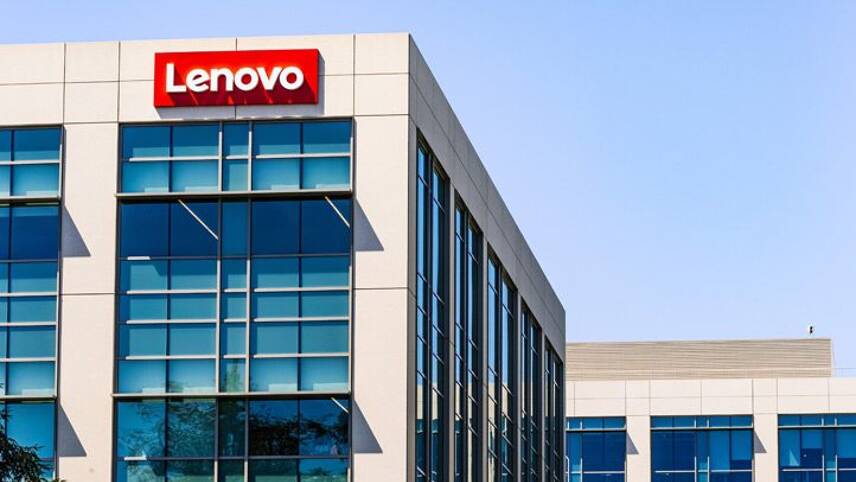Register for free and continue reading
Join our growing army of changemakers and get unlimited access to our premium content

Lenovo will reduce emissions by at least 90% by 2050
Lenovo has this week confirmed that its updated carbon reduction targets have been validated by the SBTi’s Net-Zero Standard. Lenovo is one of 139 companies globally that has had a net-zero target validated by the SBTi.
In 2020, the company unveiled science-based targets to halve emissions from its operations and reduce value chain impacts by 25% by 2030, with a view to reaching net-zero emissions by 2050.
By 2030, Lenovo pledged to reduce Scope 1 and 2 emissions related to operations and including energy purchased for electricity, heat, steam and cooling by 50%. In the same timeframe, value chain emissions – including the use of sold products, purchased goods and services and upstream transportation – would be reduced by 25%. At the time, those targets were approved by the SBTi as aligned to the 1.5C limit of the Paris Agreement.
Under the new Net-Zero Standard, Lenovo has committed to reduce absolute Scope 1 and 2 emissions by 50% by 2030, from a 2018 baseline.
Scope 3 emissions from the use of sold products will be reduced by 35% on average for comparable products within the same timeframe. The company will also reduce Scope 3 emissions from purchased goods and services by 66.5% per $1m gross profit within the same timeframe. Scope 3 emissions from upstream transportation and distribution will be reduced by 25% per tonne-km of transported product.
“As a global technology leader, Lenovo has been committed to reducing its emissions for more than a decade,” Lenovo’s chairman Yuanqing Yang said. “In the fight against climate change, we believe collaboration and accountability are the two critical elements needed for collective success. We remain dedicated to following climate science, standardizing our measurements, and seeking ongoing validation for our targets and progress.”
Offsetting approach
The mid-term targets will put Lenovo on a trajectory to reduce absolute emissions across all Scopes by 90% by 2050. The SBTi has clarified that science-based net-zero targets will require companies to achieve decarbonisation of 90-95% before 2050. From that point, companies should neutralise unavoidable emissions through offsets and removals. Crucially, the SBTi states that carbon offsetting and removals cannot exceed 5-10% of a company’s emissions, although this is sector dependent.
In 2021, Lenovo introduced a carbon offsetting scheme for customer purchases across the globe, following a trial run in the Nordics that saw 26,000 metric tonnes of carbon dioxide offset.
The offsetting programme was issued for Think-branded products as part of the ongoing CO2 Offset Services initiative. The offset scheme accounts for emissions produced from the manufacture and shipping of each individual product and up to five years of consumer use. Offsets are delivered through projects overseen by the UN and ClimeCo, which is one of the largest producers of US-based carbon credits.
Commenting on the announcement, Luiz Amaral, chief executive of the SBTi, said: “Climate science tells us that we need rapid and deep emissions cuts if we are to achieve global net-zero and prevent the most damaging effects of climate change,”
“Lenovo’s net-zero targets match the urgency of the climate crisis and set a clear example that their peers must follow.”


Please login or Register to leave a comment.